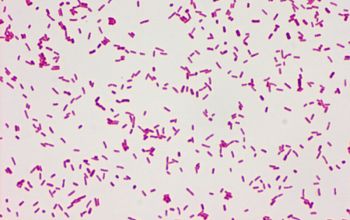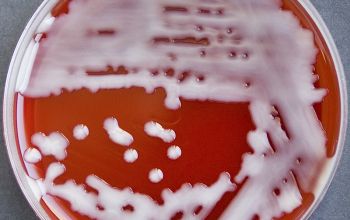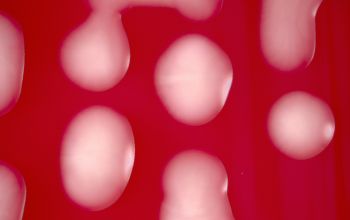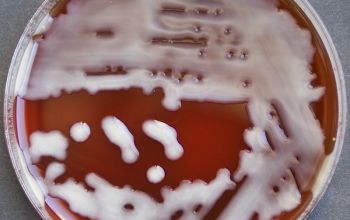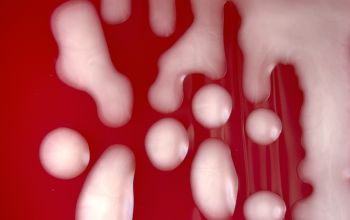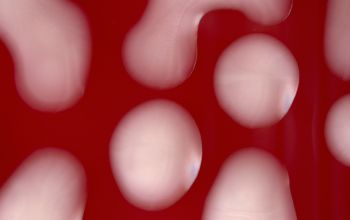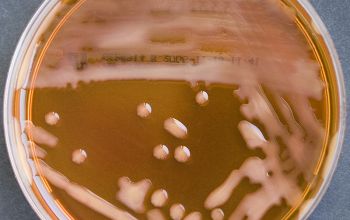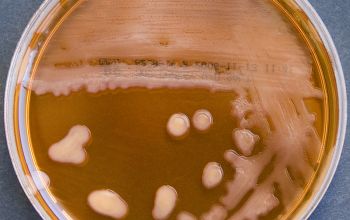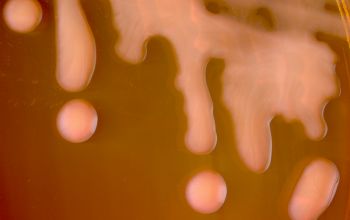Salmonella manhattan (Salmonella enterica subsp. enterica serovar Manhattan)
-
General information
General information
An isolate is confirmed as Salmonella when the specific O serogroup has been determined and biochemical identification has been completed
Taxonomy
Family: Enterobacteriaceae
Natural habitats
Most cases of salmonellosis are caused by food infected with Salmonella enterica, with often infects cattle and poultry, though also other animals such as domestic cats and hamsters have also been shown to be sources of infection to humans.
Raw chicken eggs and goose eggs can harbor S. enterica, initially in the egg whites, although most eggs are not infected. As the egg ages at room temperature, the yolk membrane begins to braek down and S. enterica can spread into the yolk. Refrigeration and freezing do not kill all the bacteria, but substantially slow or halt their growth.
Pasteurizing and foods irradiation are used to kill Salmonella for commercially produced foodstuffs containind raw eggs such aas ice cream.
Clinical significance
Strains of Salmonella are categorized as typhoidal and nontyphoidal.
Nontyphoidal infection
Usually cause an intestinal infection (accompanied by diarrhea, fever and abdominal cramps) that often lasts one week or longer.
They can also cause extra intestinal infections, e.g., bacteremia, urinary tract infection, or osteomyelitis, especially in immunocompromised persons.
-
Gram stain
Gram negative rods,
2-5 x 0.7-1.5 μm
-
Culture characteristics
-
Facultative anaerobic
BA: large mucoid colonies or colonies surrounded by a thick mucoid "slime wall"
The mucoid character is due to the formation of loose polysaccharide slime.
Selective media for the isolation of Salmonella and Shigella from clinical specimens
XLD / xylose lysine desoxycholate agar:
Salmonella cannot ferment xylose ► red colonies, possible with black discoloration.
Enterobacteriaceae ferment xylose ► yellow colonies
HEK / hektoen agar:
These bacteria grow with green to blue-green colonies on the agar, possible with black discoloration.
BA: colonies are 1-3 mm, usually the S-type, they are large, gray-white and smooth.
After subculturing there are also R-type ("rough" form), these are grainy, with an irregular surface and a serrated edge.
McConkey: colonies are pale, non lactose fermenter
BBAØ: growth
Antigen
Salmonella can be further identified by its possession of somatic (O) and flagellar (h) antigen.
-
-
Characteristics
-
References
James Versalovic et al.(2011) Manual of Clinical Microbiology 10th Edition
Karen C. Carrol et al (2019) Manual of Clinical Microbiology, 12th Edition
Salmonella Carriers Among Public Food Handlers Hisham Hamedto Seed Ahmed Bachelor of Medical Science Omdurman Islamic University 1998 and .................................................................................................................... Wikipedia Salmonella enterica



